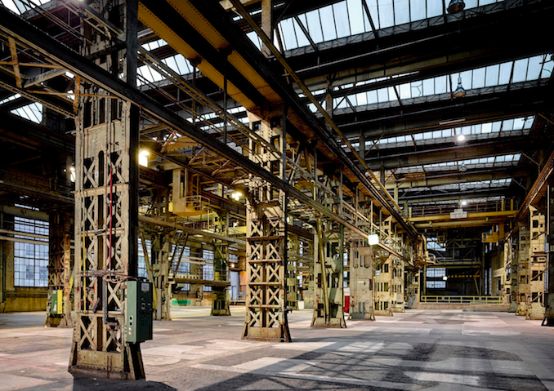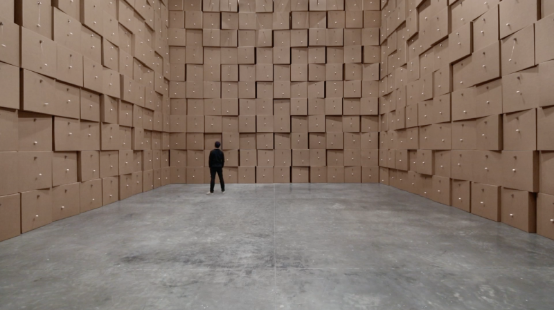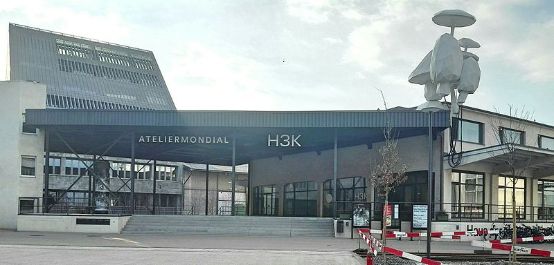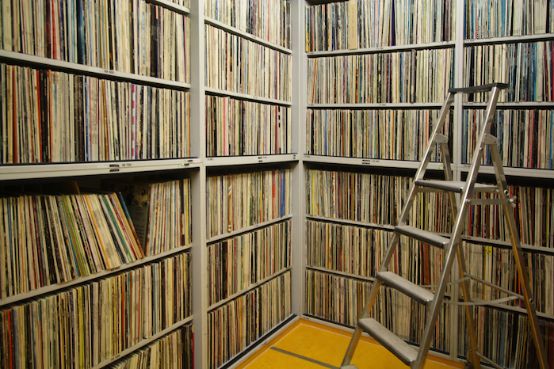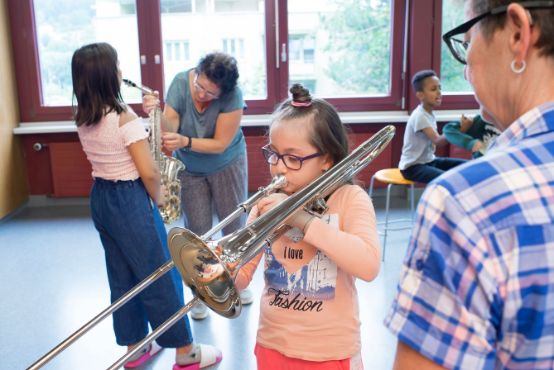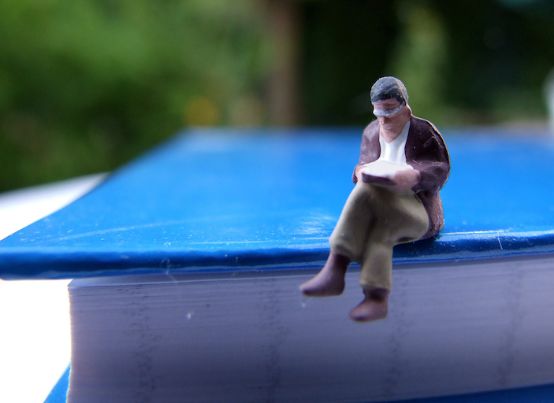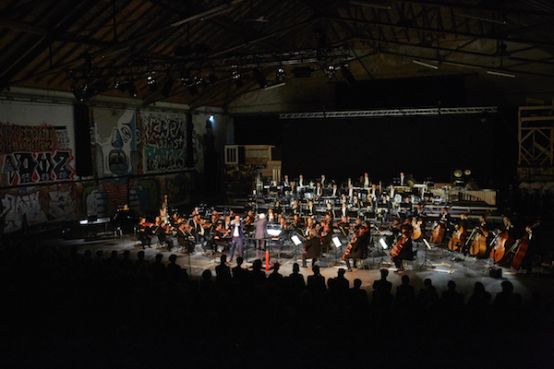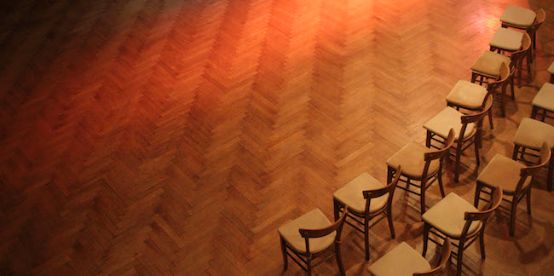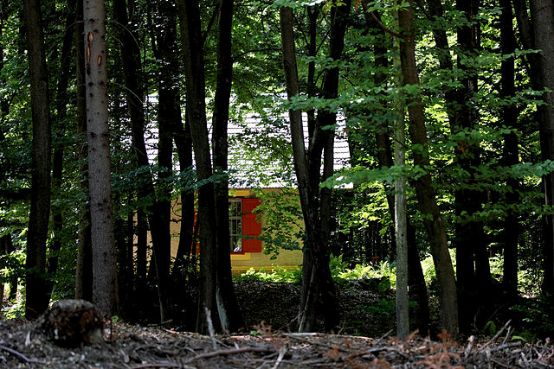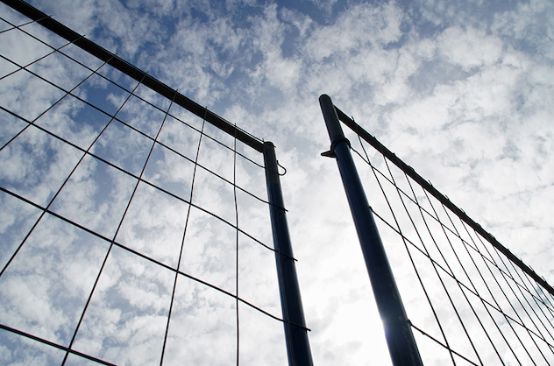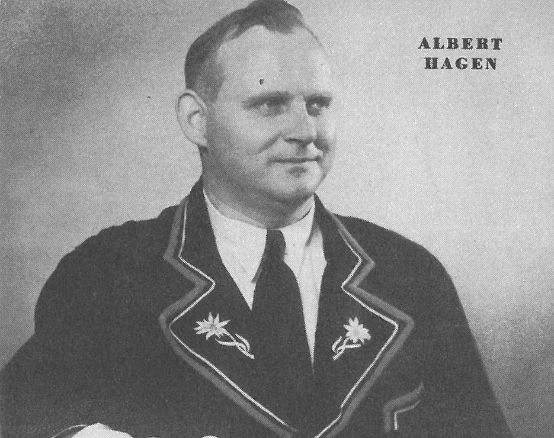Return to the new old house
Geneva's Carmen is currently still performing her seductive skills in the Opéra des Nations, on the replacement stage. However, the renovated Grand Théâtre is due to reopen in February 2019.

On this September afternoon, visitors enter the Geneva Opera House through a barrier along a stony construction site path. Hard hats are handed out during the guided tour for the international press. The extensive renovation work will take almost three years before the renowned opera house reopens on February 12, 2019. Ring of the Nibelung will be reopened. From the coming season, Aviel Cahn from Zurich, who is currently still managing the Flemish Opera in Antwerp/Ghent with great success, will take over the management of the house from Artistic Director Tobias Richter.
The restorers have removed false ceilings, cleaned large-format frescoes and applied new paint. Even though not everything is finished yet, the result is already impressive. The paintings have become much more intense. A ticket booth and a bar have also been installed in the magnificent entrance hall to liven up the building during the day and open it up to the city. The atrium has changed considerably. Here, the original ceiling decorated with rich stucco has been uncovered. Instead of glass doors, modern, dark wooden doors now lead into the entrance hall. The neon tubes also provide an eye-catching feature in the historically decorative surroundings. Even a fire door is decorated with ornaments.
Anyone entering the second floor via the sweeping staircase will be overwhelmed by the richly decorated Grand Foyer. Heavy crystal chandeliers hang from the lavishly decorated ceilings by Geneva painter Léon Gaud. The two smaller rooms - the Foyer Rath and the Foyer Lyrique, which is reserved for sponsors and patrons - have also been renovated with great attention to detail. The backstage area, which cannot be seen during the tour, has also been modernized so that not only the visitors but also the artists should feel even more comfortable in the renovated building. The artists' dressing rooms, the workshops, the offices, the kitchen area - apart from the stage and the auditorium, everything has been brought up to the latest technical and aesthetic standards. In addition, two underground rehearsal rooms were created for the choir and ballet. Of the 75 million Swiss francs that the renovation cost, the City of Geneva covered 70 million. The remaining 5 million was financed by foundations.
Travel-friendly replacement venue
During the reconstruction period, however, the people of Geneva did not have to miss out on opera performances. With the help of sponsorship money, a complete wooden opera house was erected next to the UN site, which met the highest acoustic standards. This Opéra des Nations was purchased from the Comédie-Française in Paris and transported to Geneva in 60 articulated lorries. At the Carmen-After the premiere, which opens the season, visitors enjoy an Aperol Spritz on the small forecourt on this September evening. The red carpet here is blue. Instead of stucco and frescoes, the functional building looks out onto sober wooden walls. People come here for the music - and it can be heard in the steeply rising auditorium. The overture played by the Orchestre de la Suisse Romande under the direction of John Fiore sounds bouncy and transparent. Director and choreographer Reinhild Hoffmann achieves the feat of turning the much-performed opera into a multifaceted, gripping drama with very few resources and excellent character direction. Sébastien Guèze as Don José sounds a little nasal at the beginning. The longer the evening lasts, the freer and more dramatic the French tenor's voice becomes. With Ekaterina Sergeeva, he has a Carmen in a class of her own at his side, who not only trumps vocally with her deep mezzo, but also has great charisma. Ildebrando D'Arcangelo is a virile Escamillo with charm and a dark timbre. With Rossini's Viva la Mamma (premiere on December 21), the people of Geneva will bid farewell to their wooden opera house.
Artistic Director Tobias Richter looks back with satisfaction on the two and a half seasons at the Opéra des Nations: "We were able to show a completely different artistic profile here - especially with the baroque operas. The move also enabled us to attract a new audience without losing the old one. That was a great challenge." After the move, the alternative venue will be dismantled again and transported to China - where a private production company has bought the portable opera house. And does the Artistic Director want to change anything in the new old house in the final months of his term of office in Geneva? "My intention is to bring the audience and the artistic team back to the Grand Théâtre de Genève safely and well. My successor would then be responsible for changes."
-
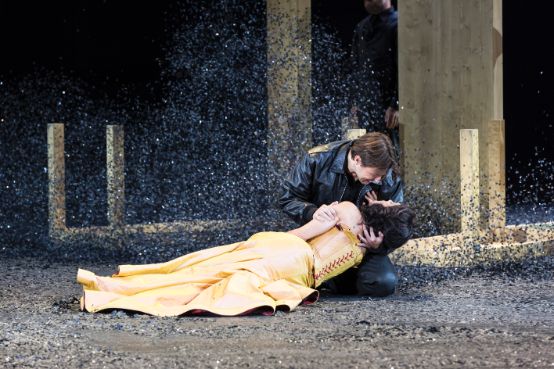
Sébastien Guèze (Don José) and Ekaterina Sergeeva (Carmen). Photo: GTG / Magali Dougados






